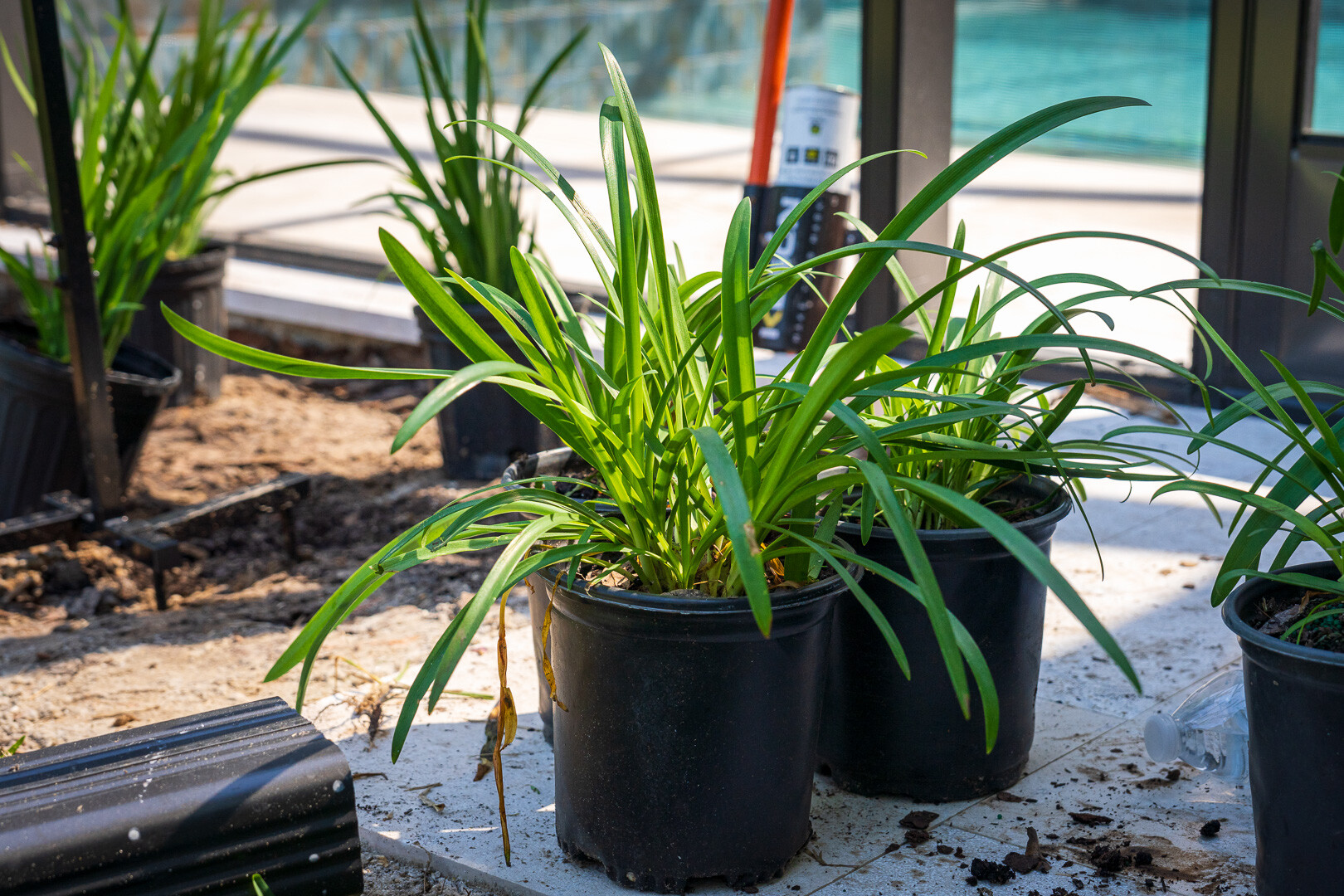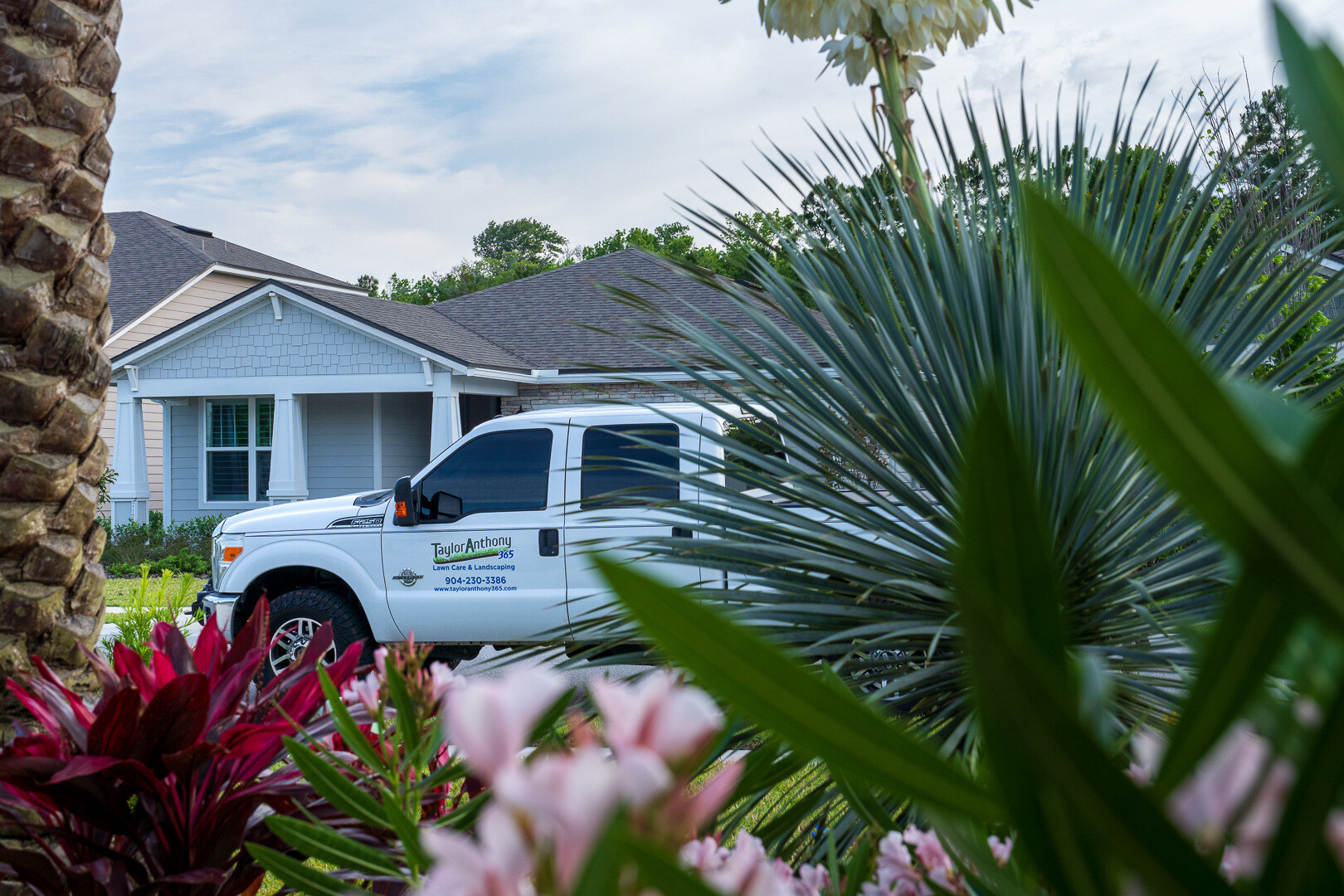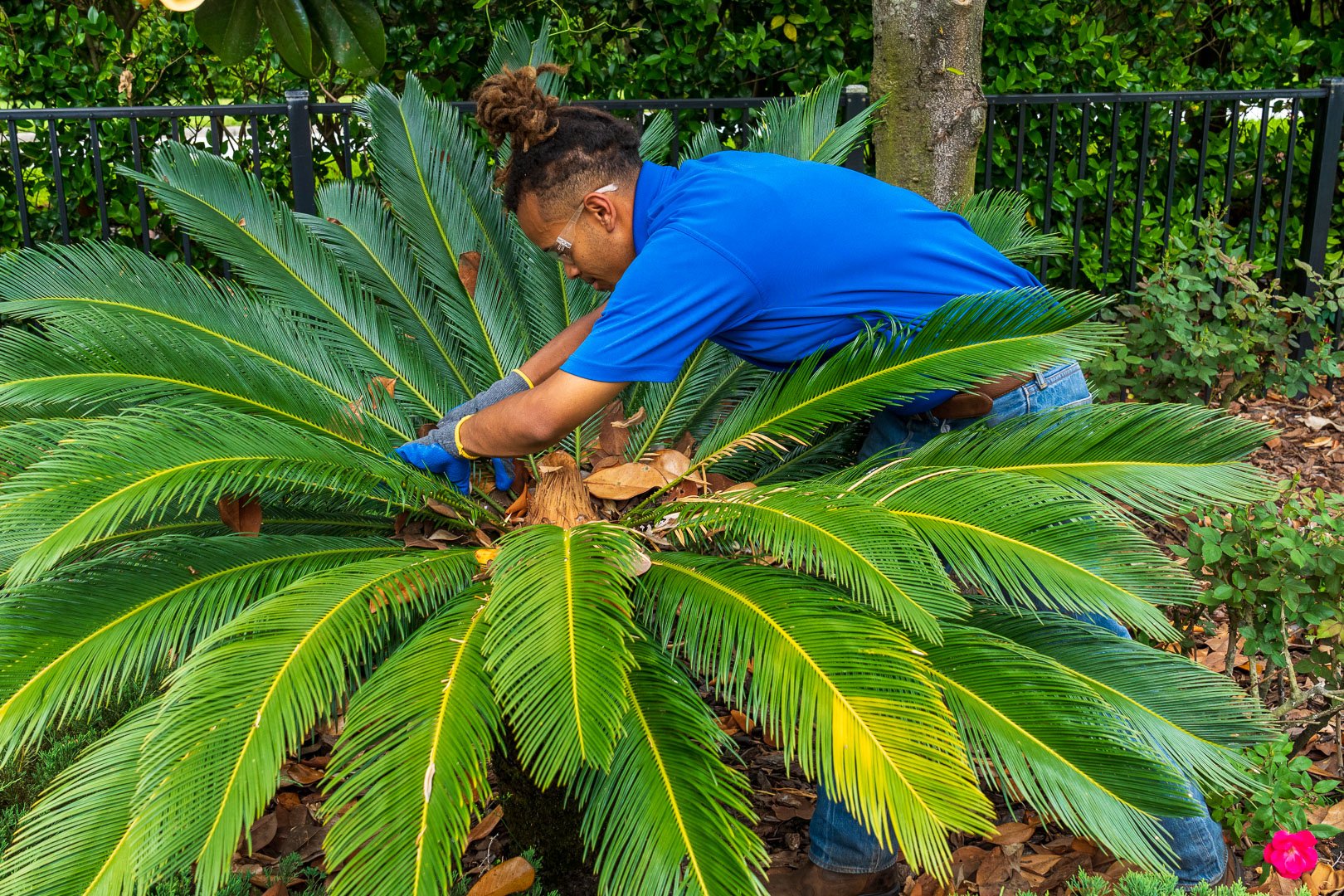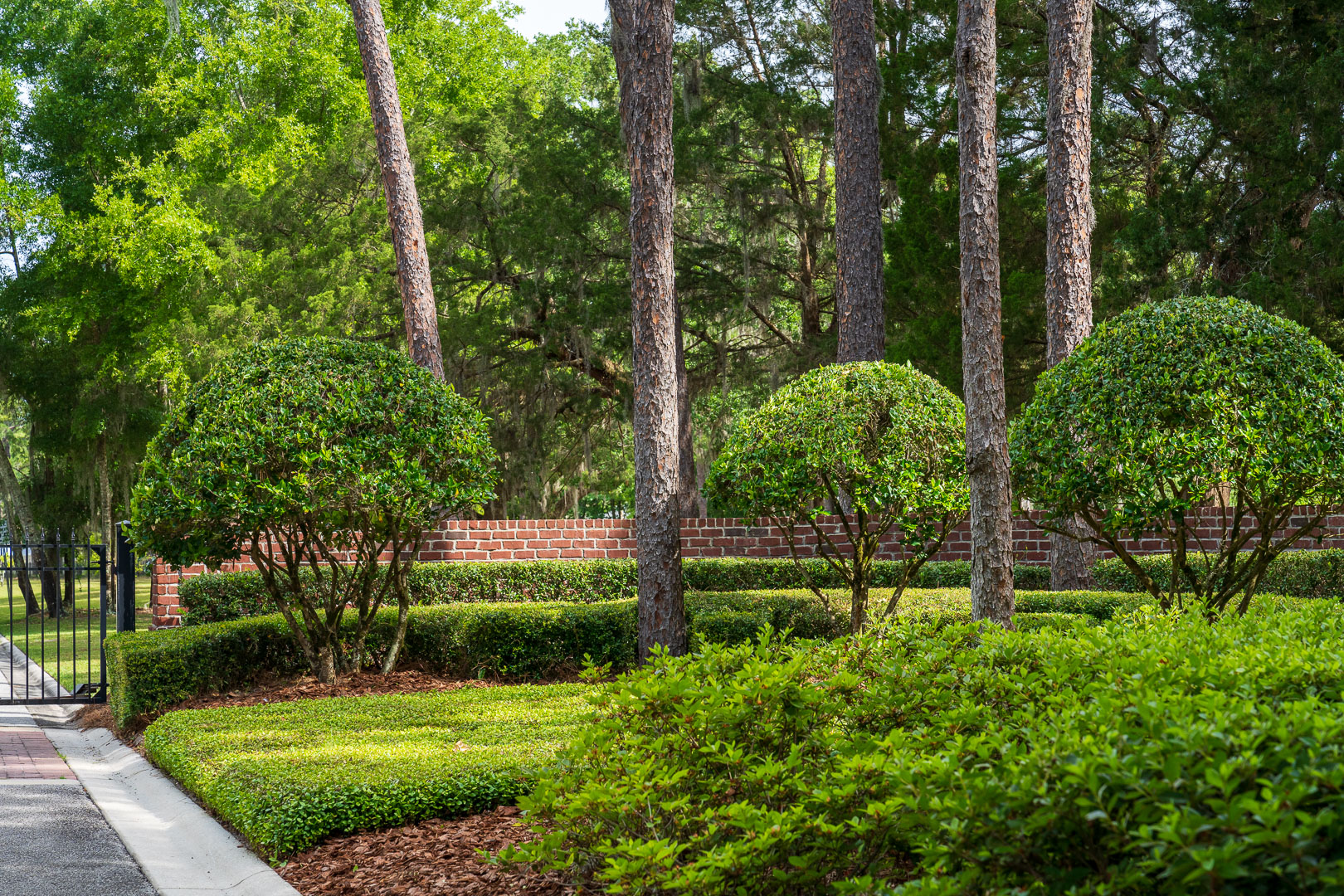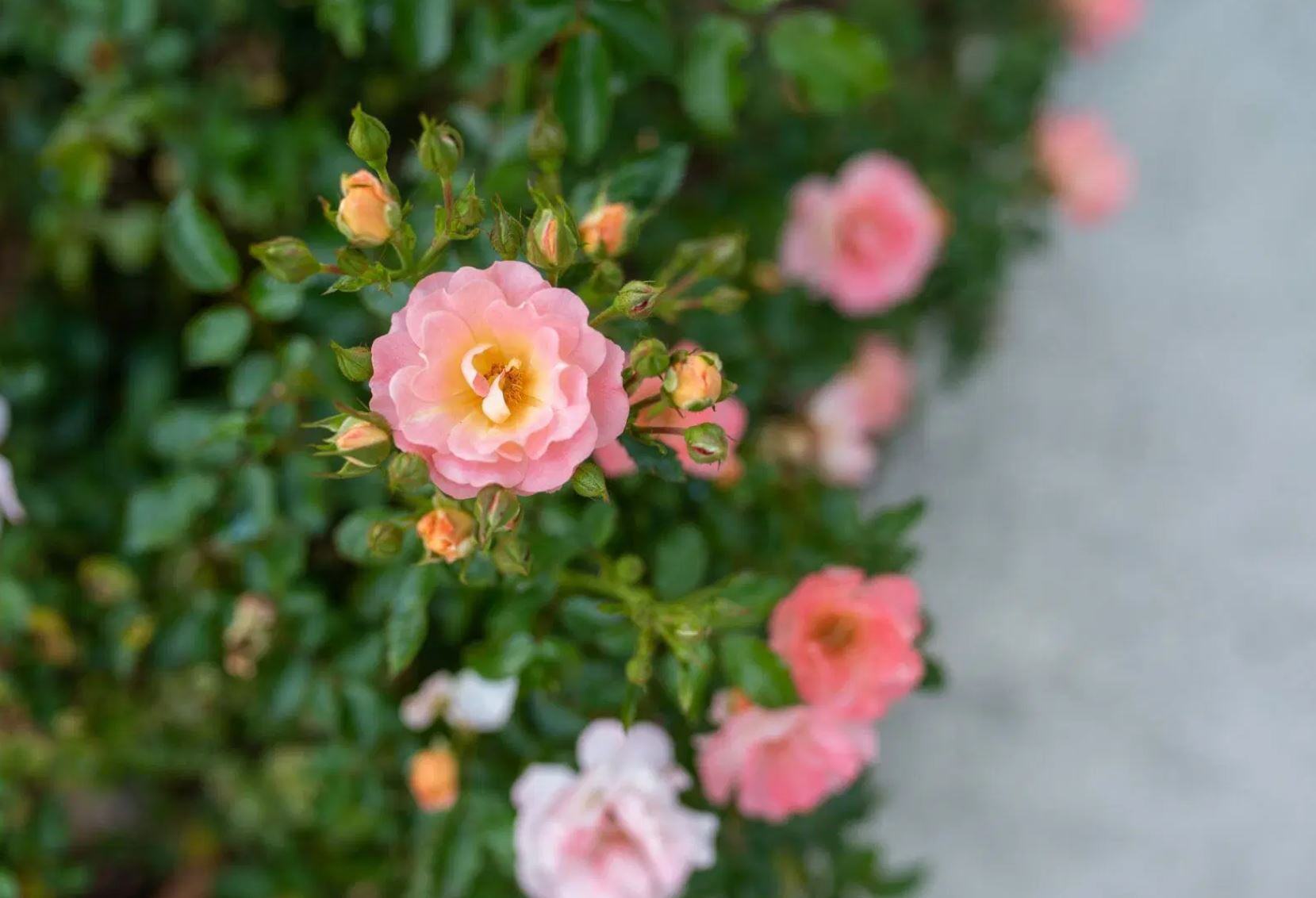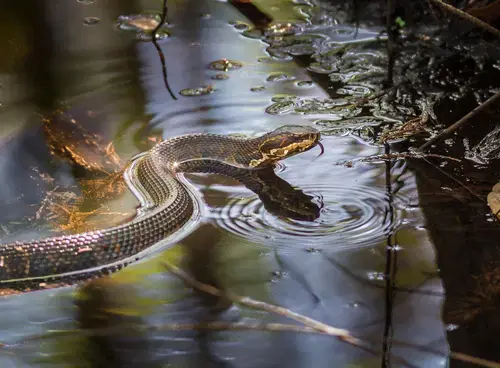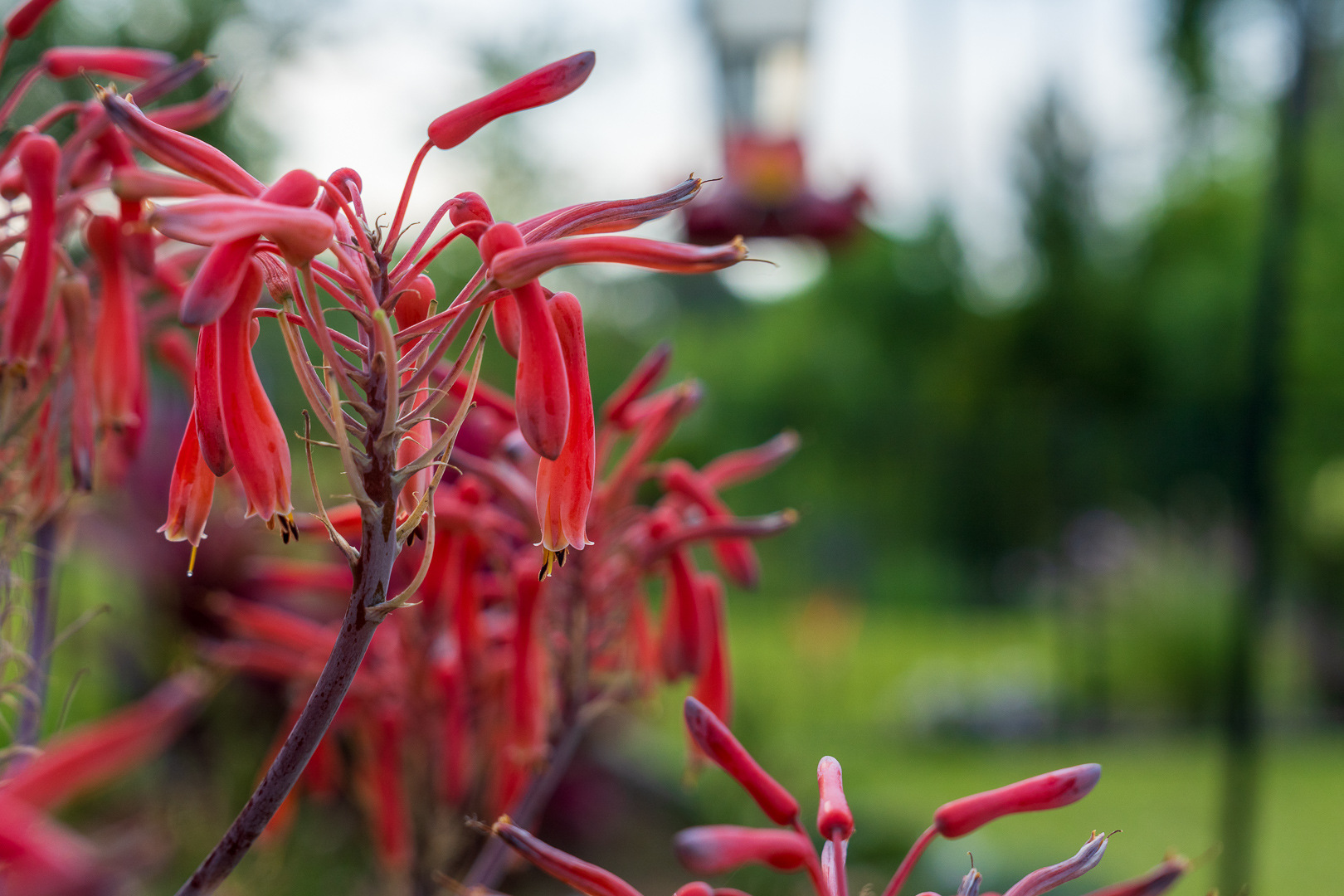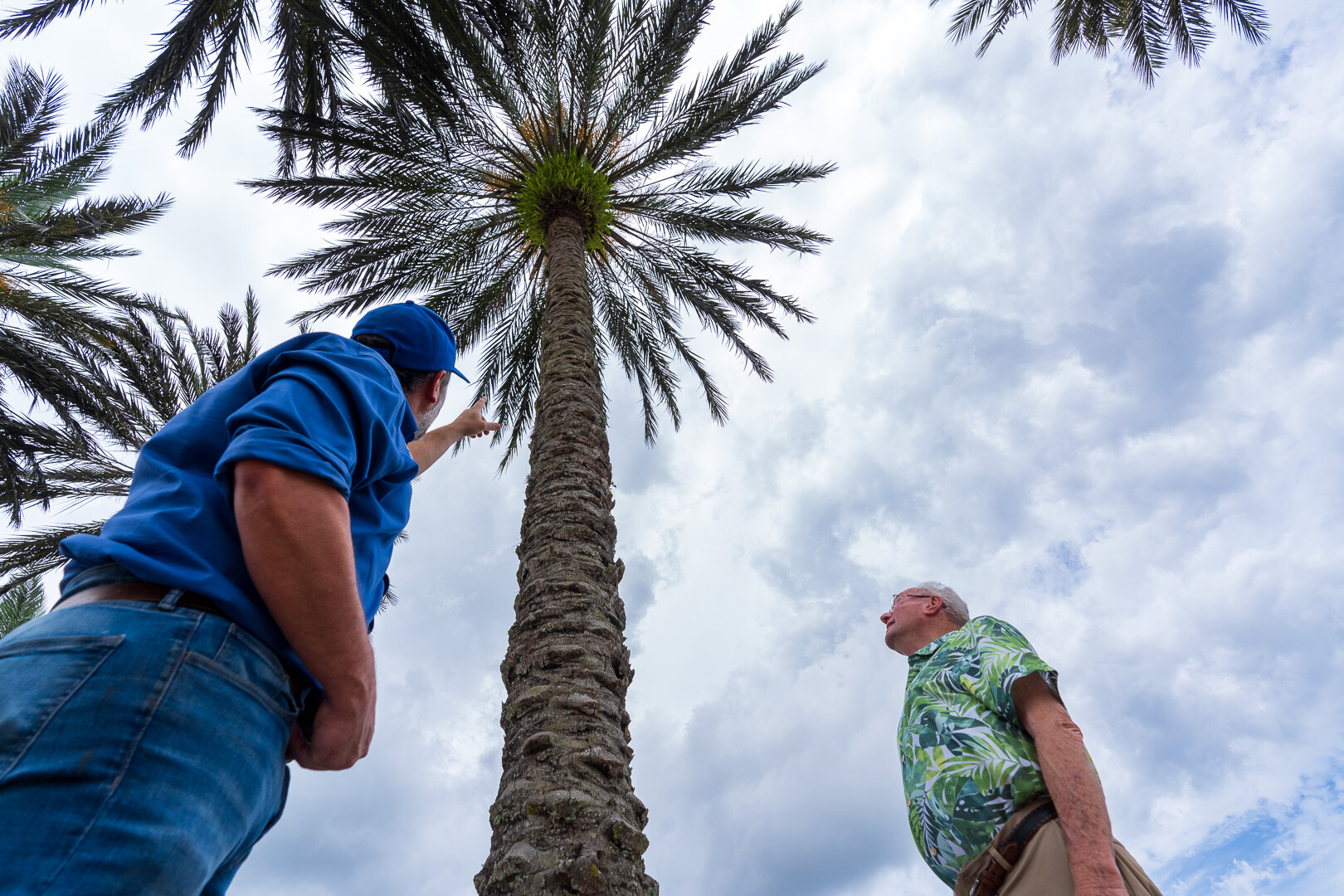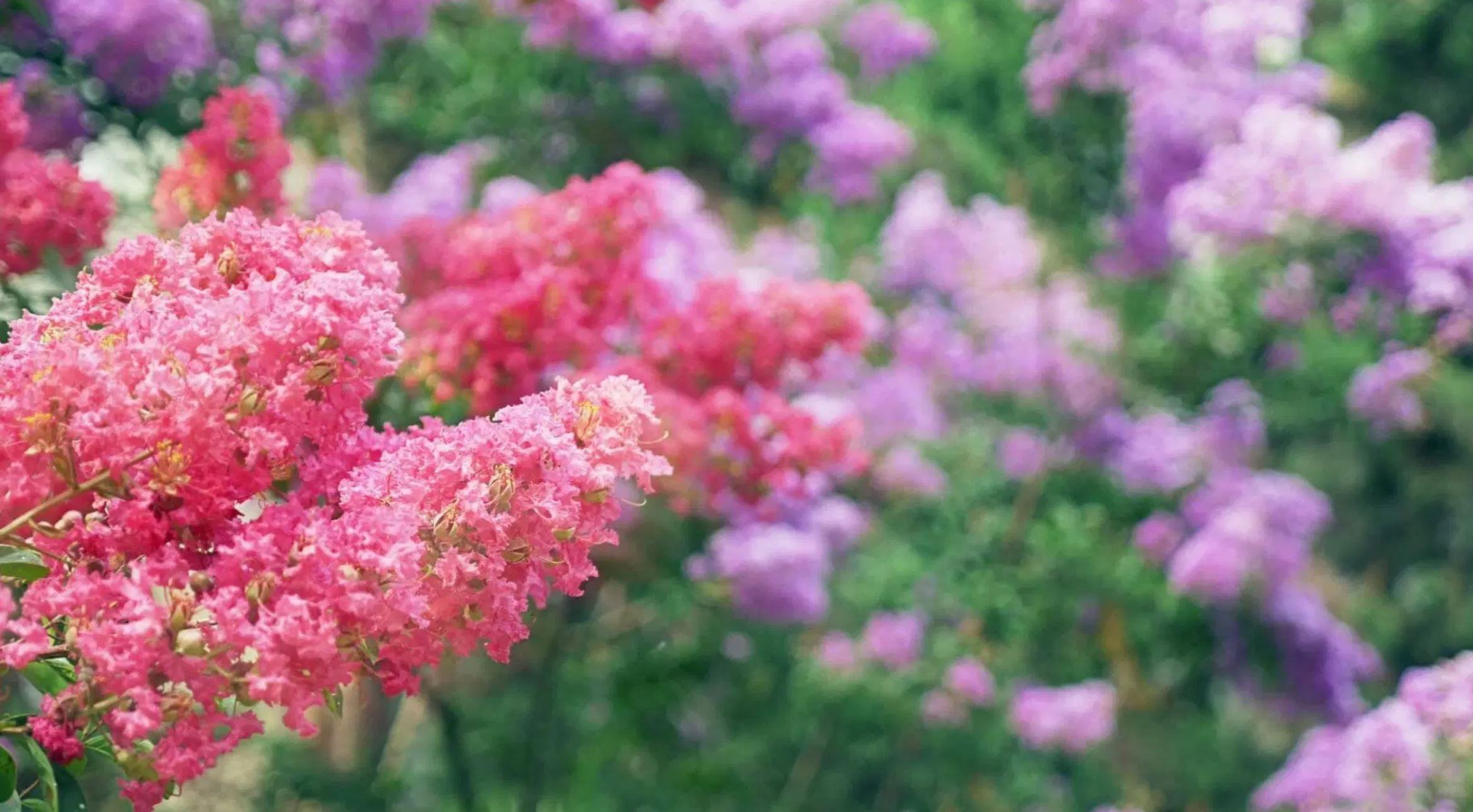When you manage a commercial property in Northeast Florida, you don’t have time for landscape proble...
Everyone loves color. There’s something about bright blooms that bring a smile to your face and make...
Do you feel like your Northeast Florida commercial landscape is a little stale? Maybe it needs a boo...
Native plants are becoming more of a desire for commercial landscapes in Northeast Florida. And for ...
Every landscape needs color, especially those luxury landscapes that look to give off an aura of per...
Anyone who has lived in Florida long enough knows that living in the Sunshine State comes with up-cl...
Everyone loves annual color in their yard, but nobody loves dead plants all over their yard. Annual ...
Keeping your palm trees looking their best is an essential task when it comes to the overall aesthet...
Crape Myrtles are cultivated worldwide, most often in tropical and subtropical climates where the wa...
Nothing quite boosts curb appeal or helps in keeping your property looking neat and tidy like a fres...
.png)
